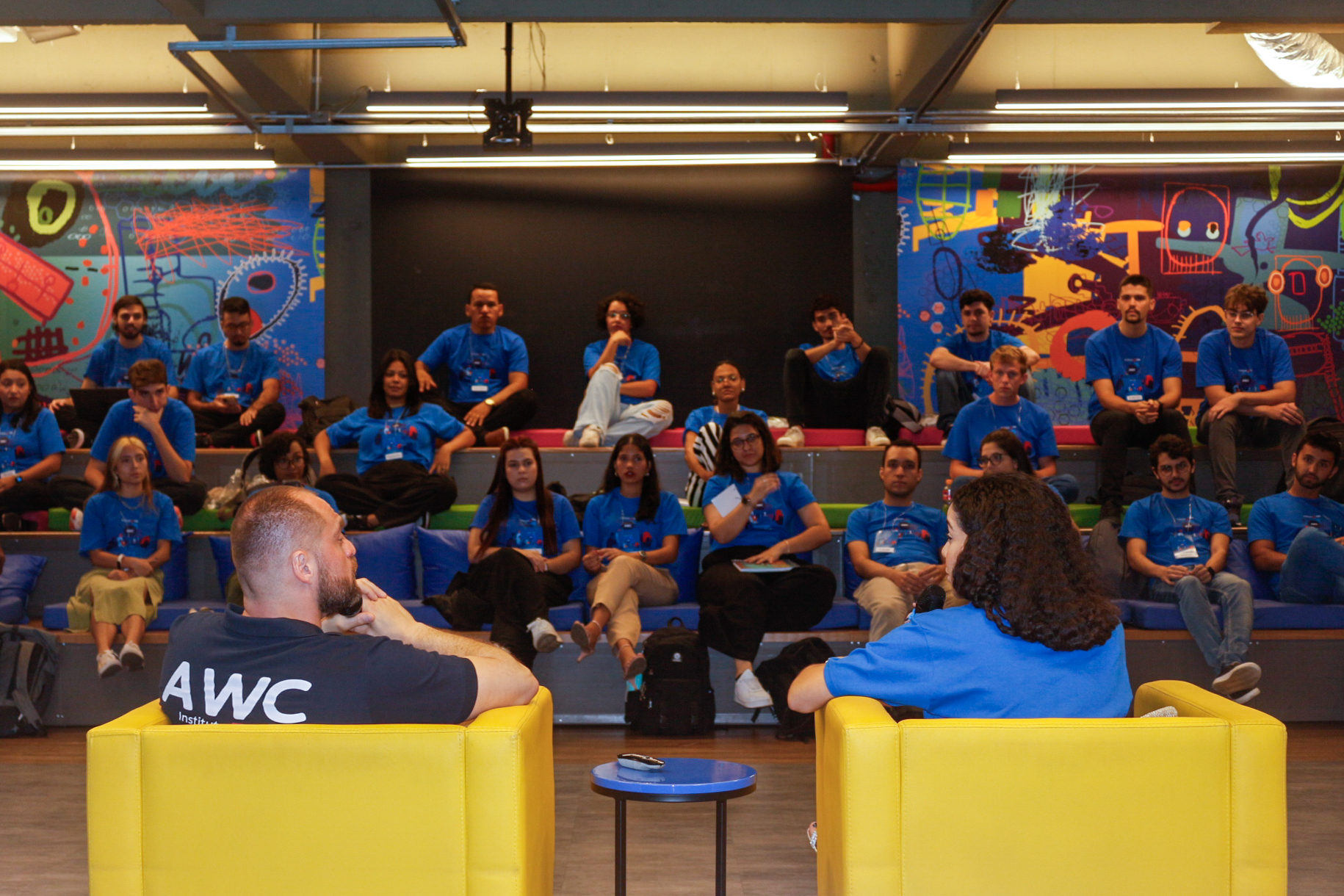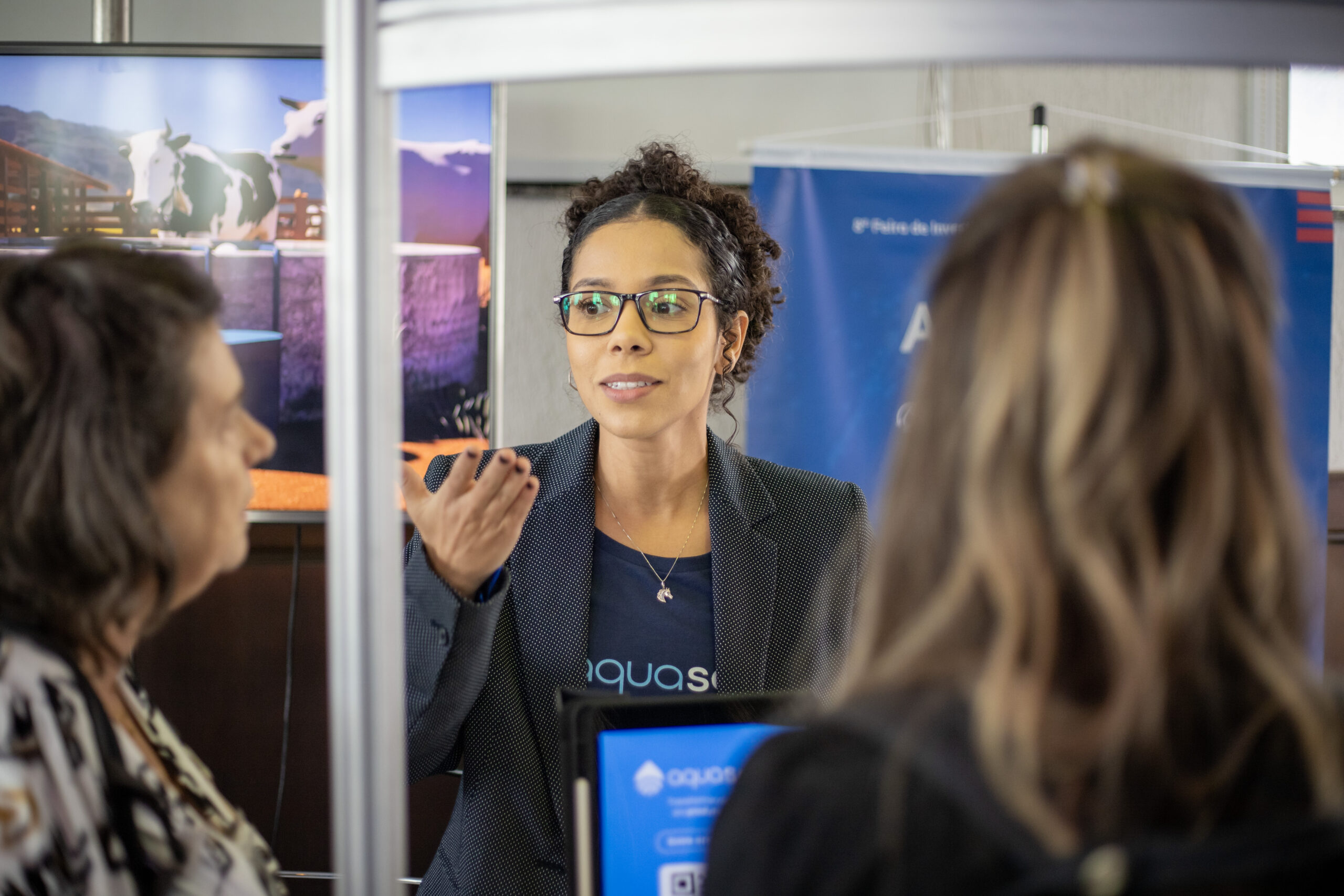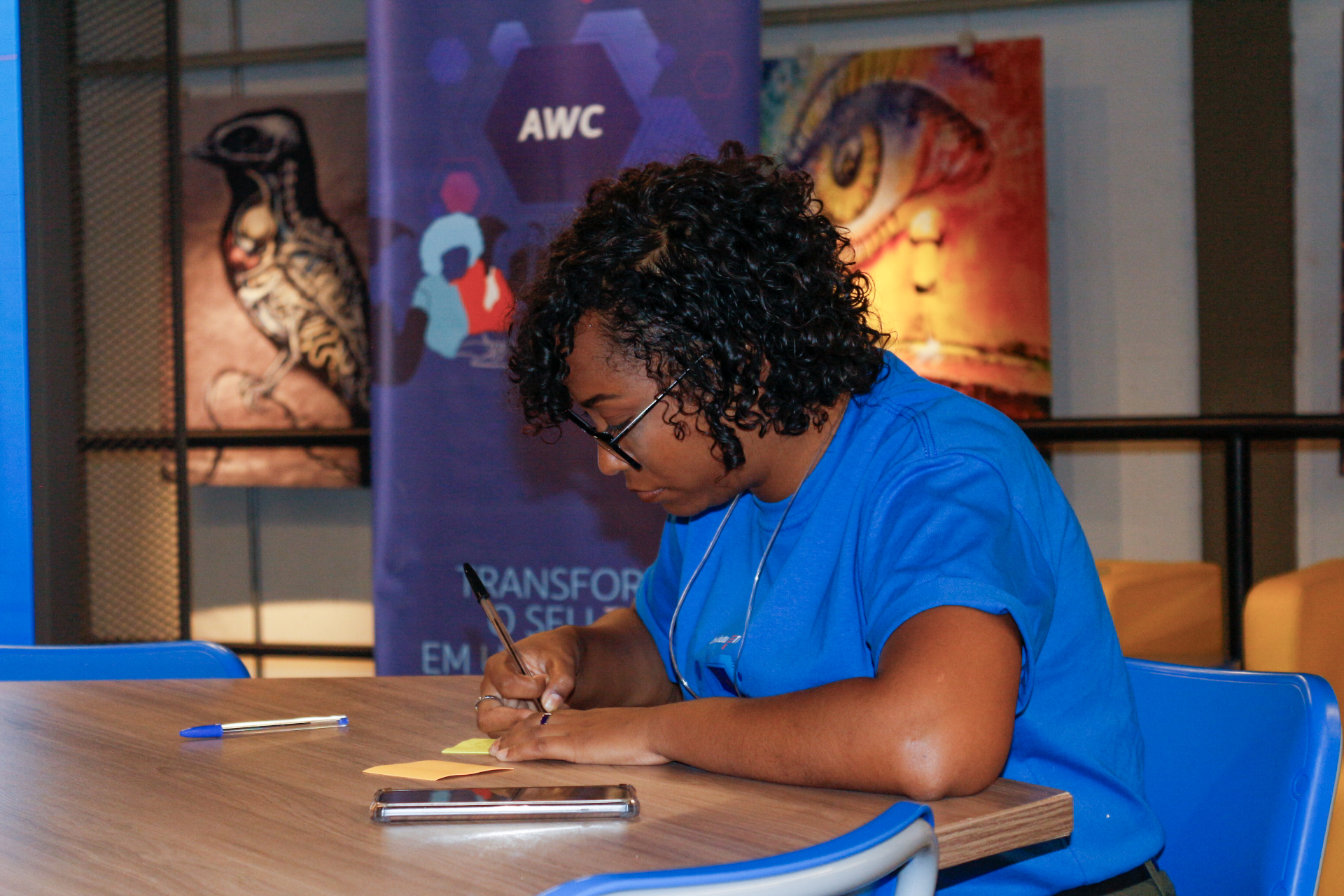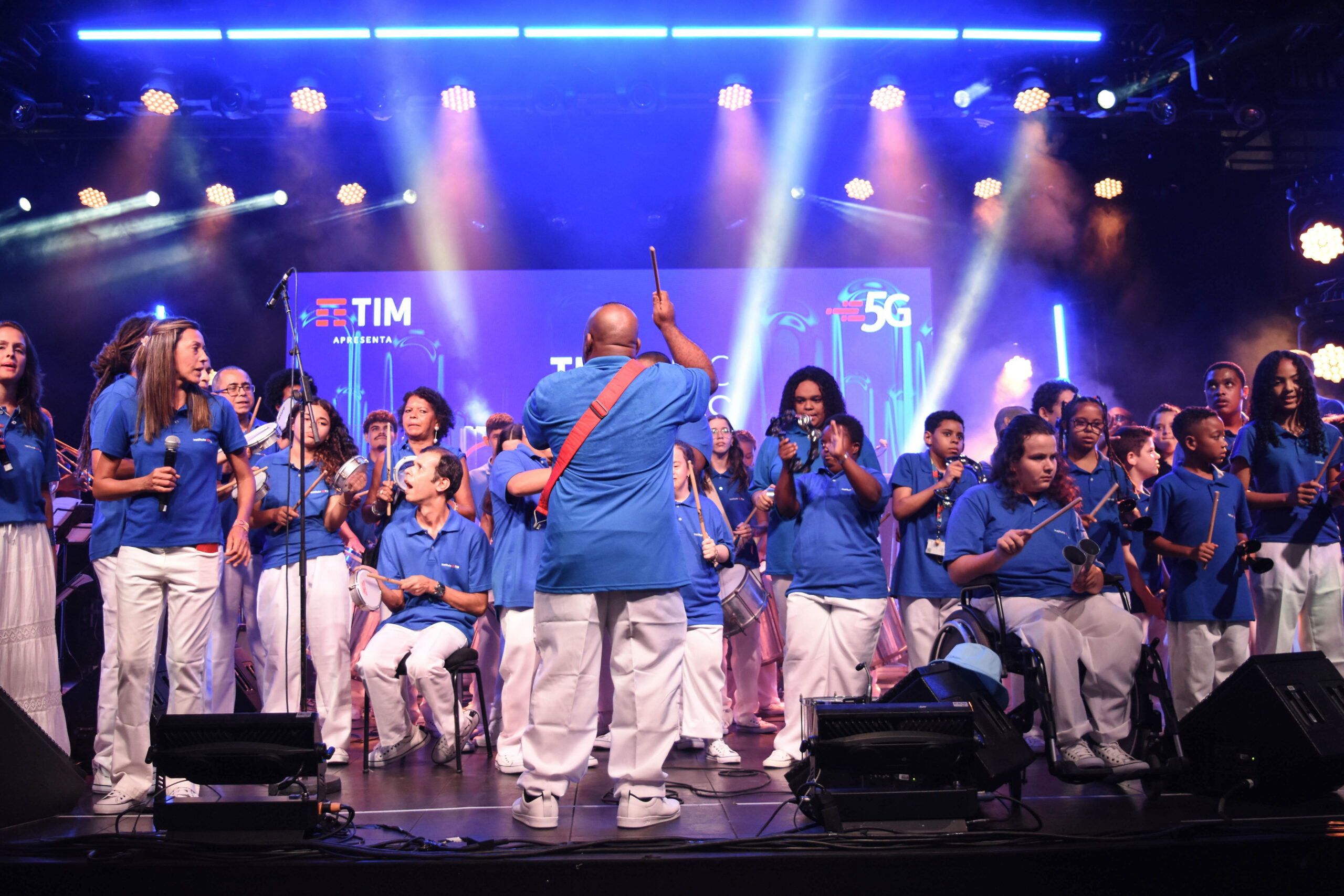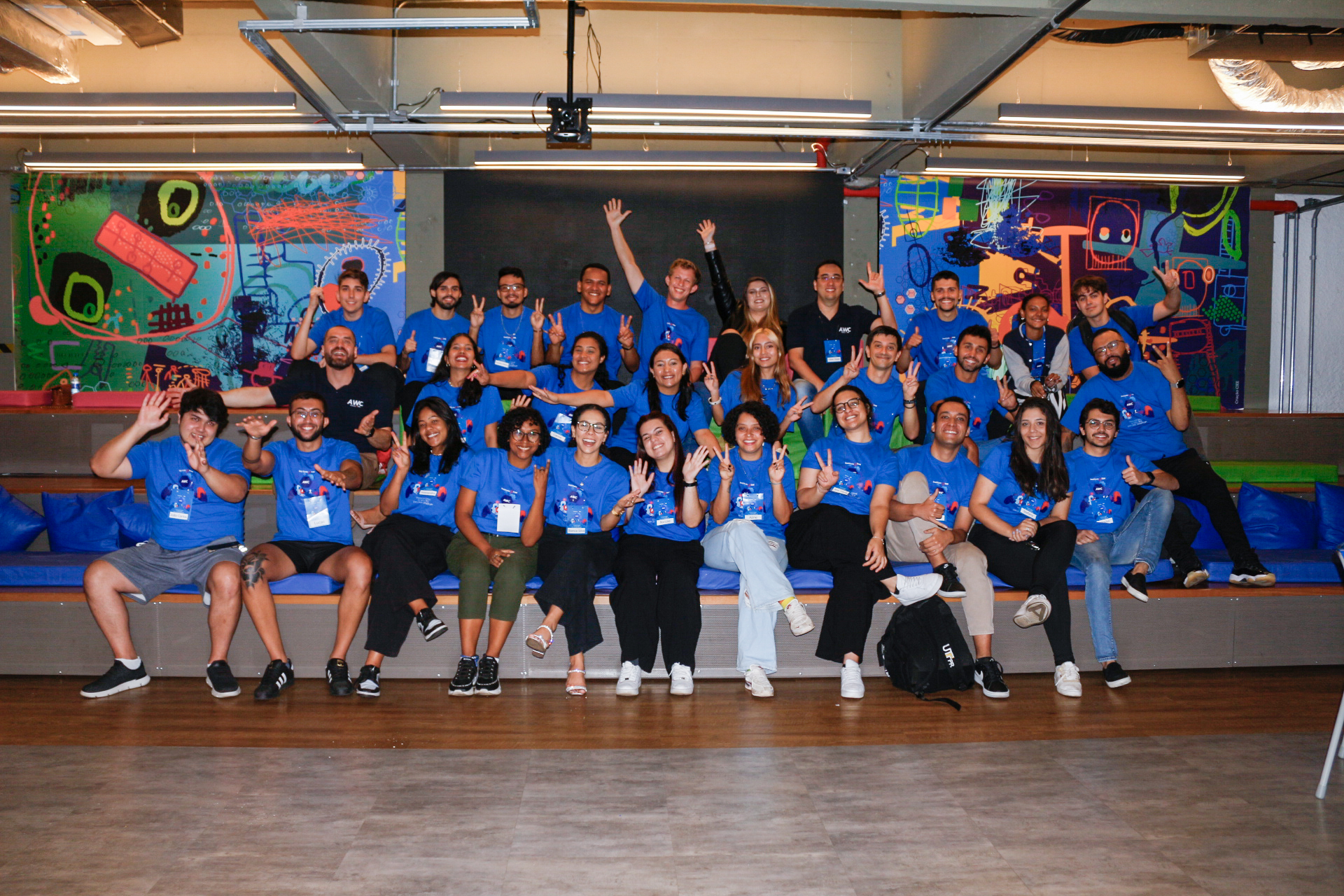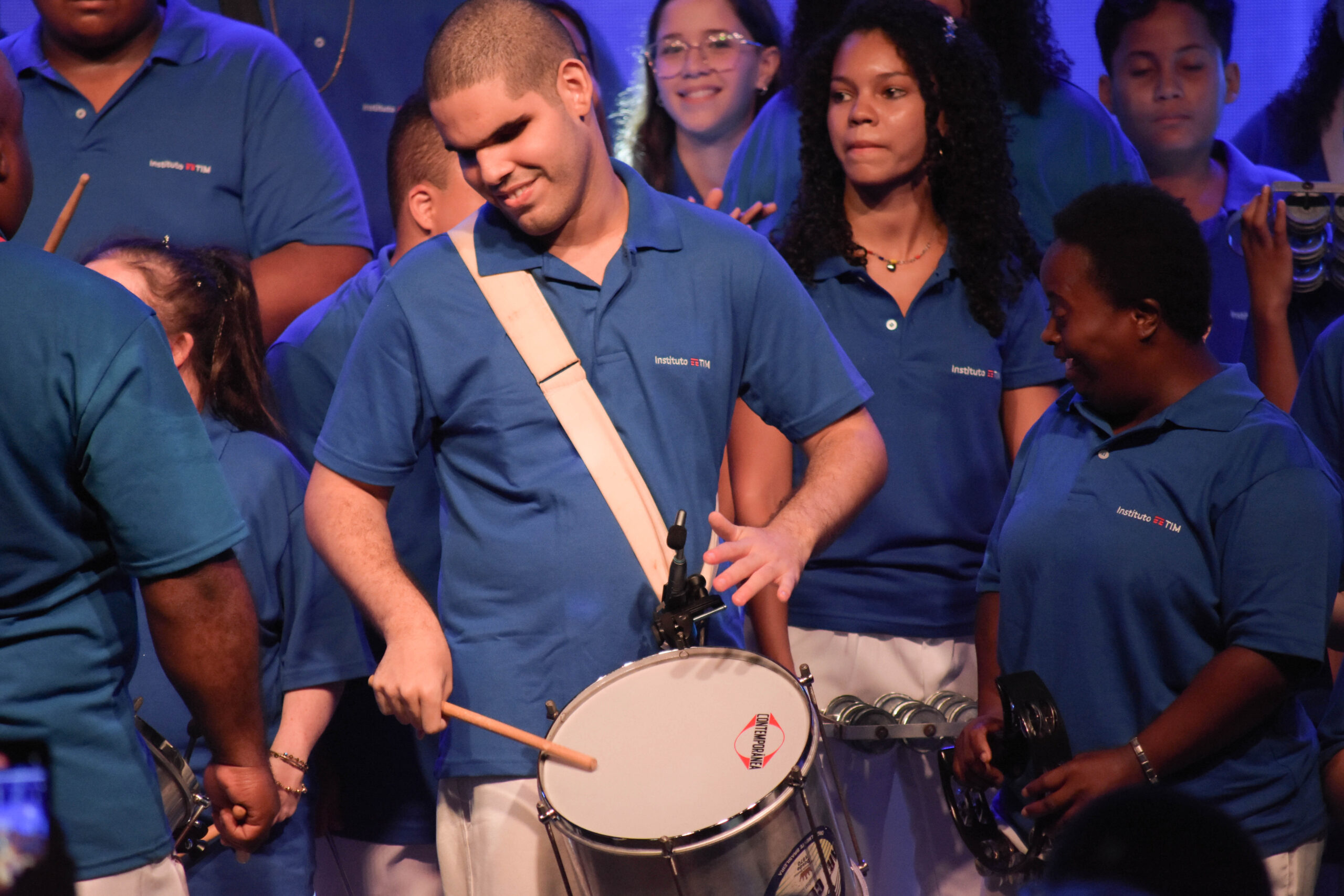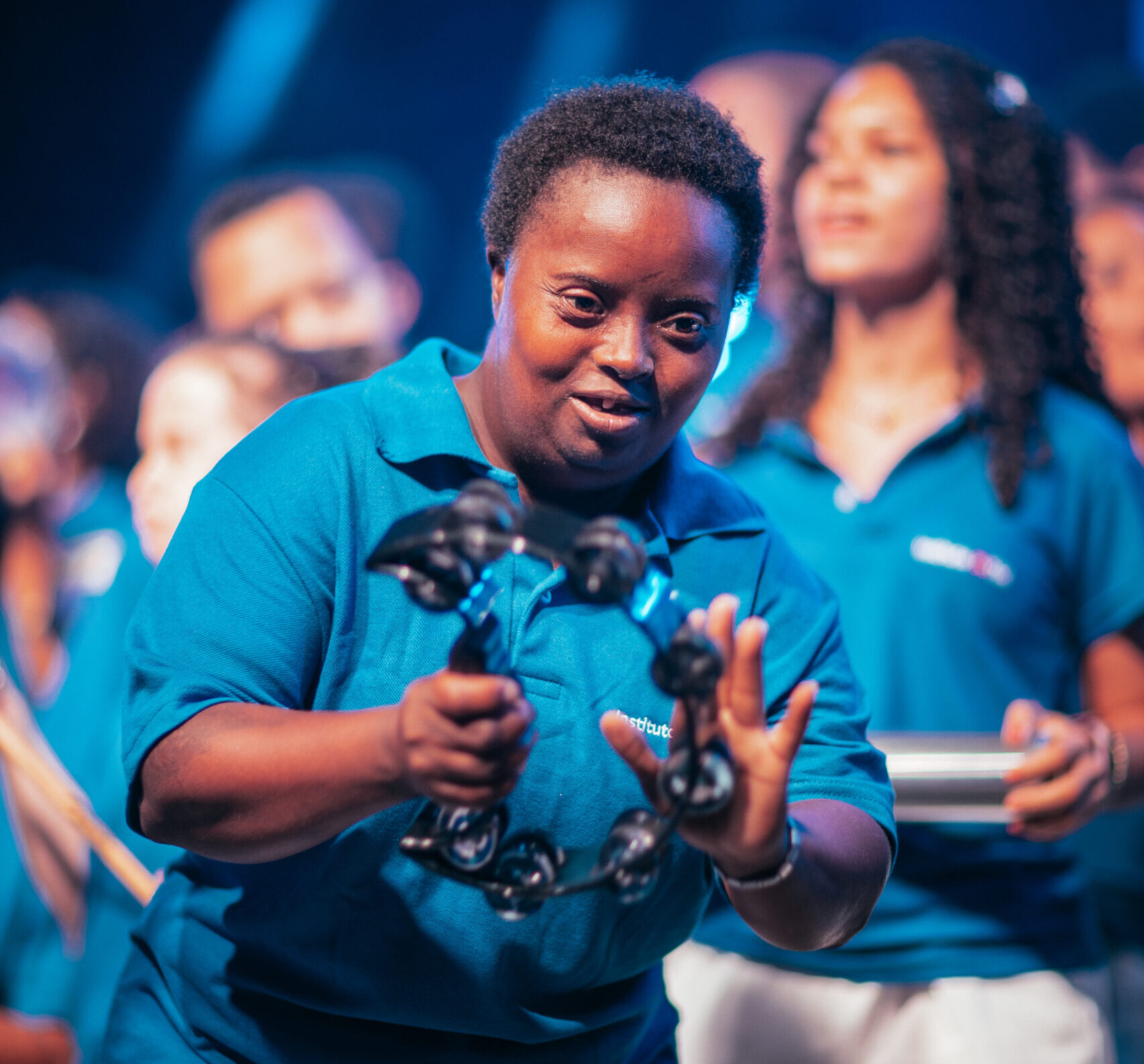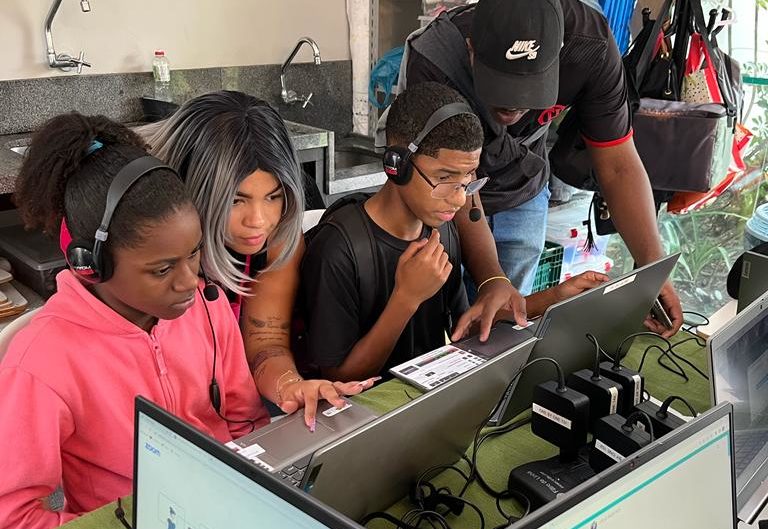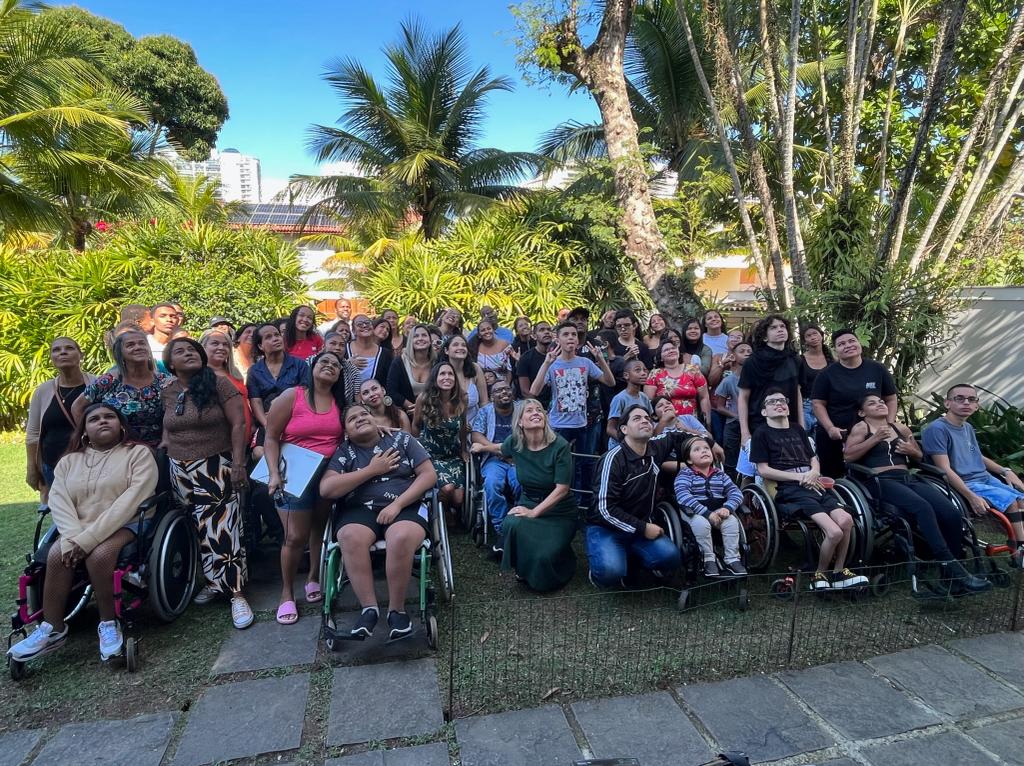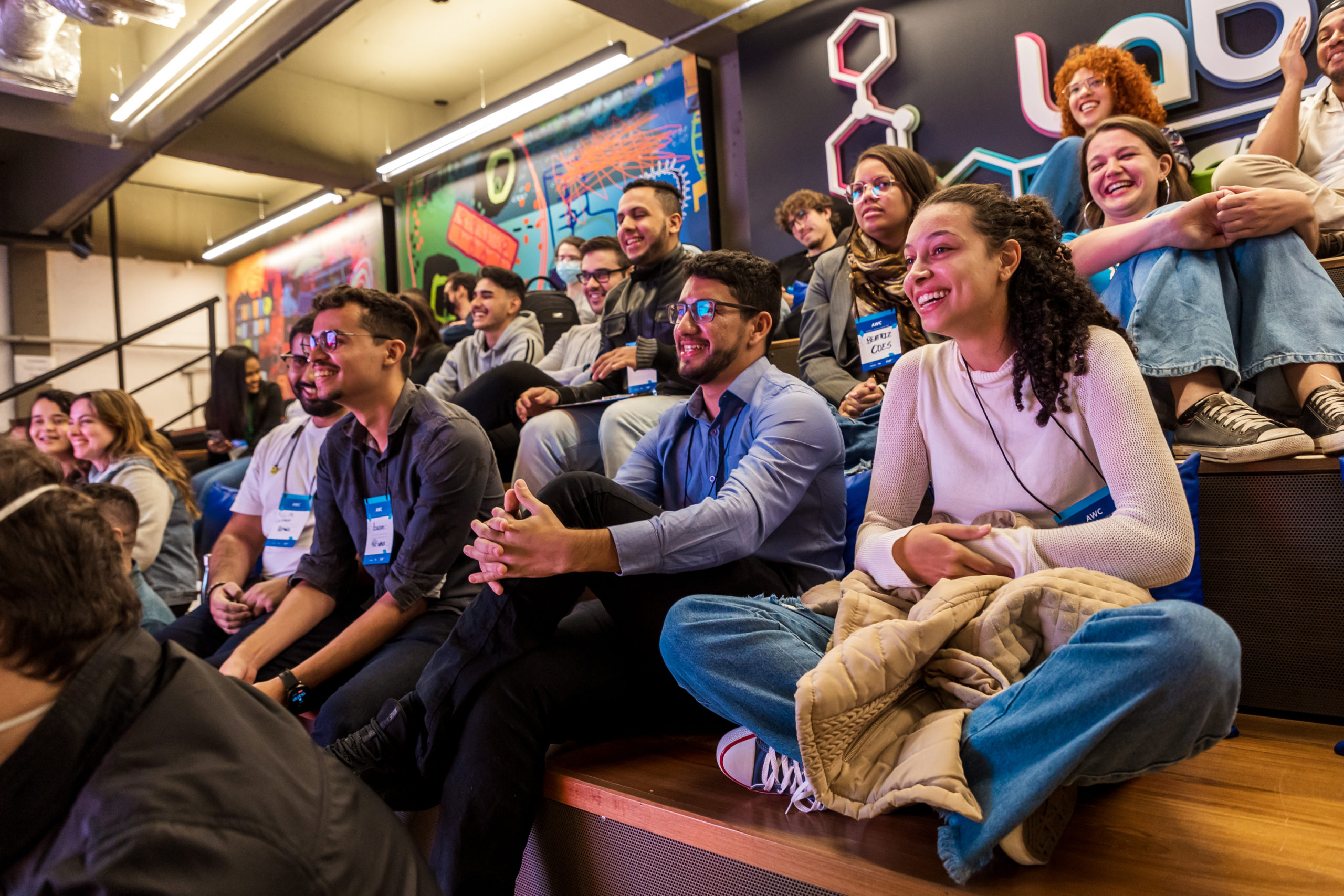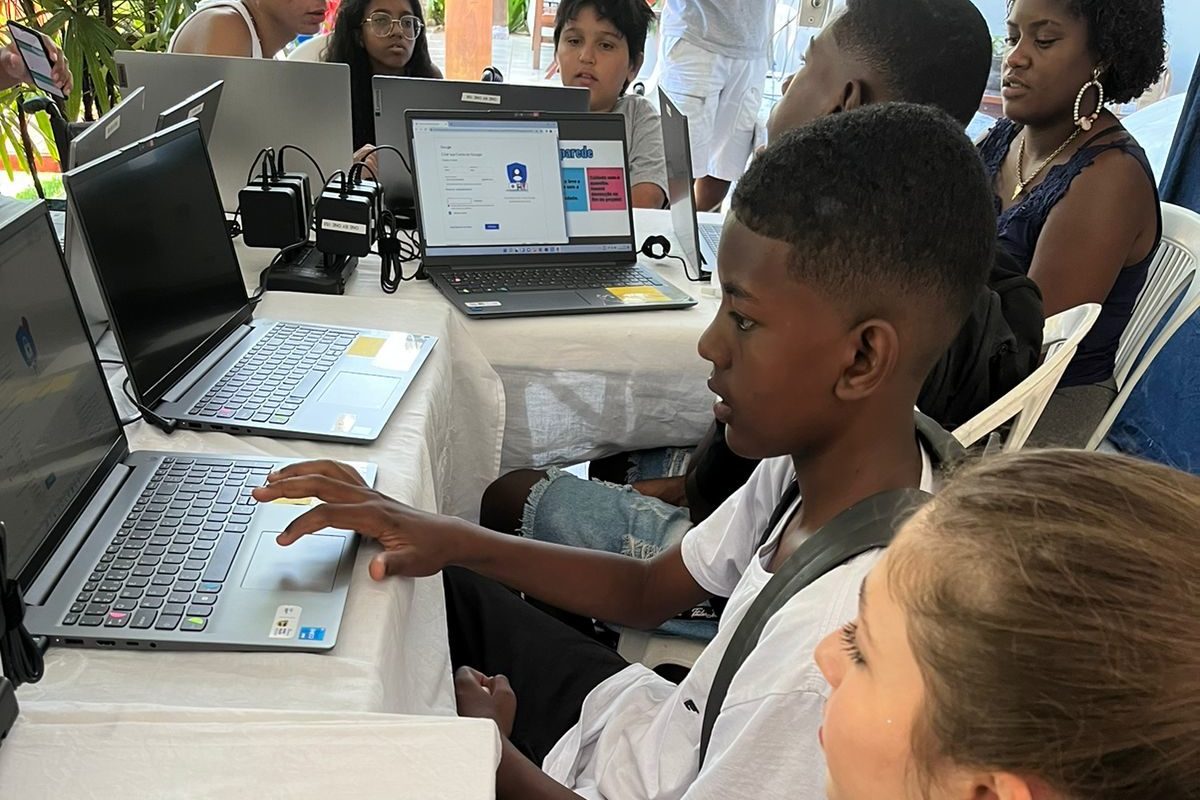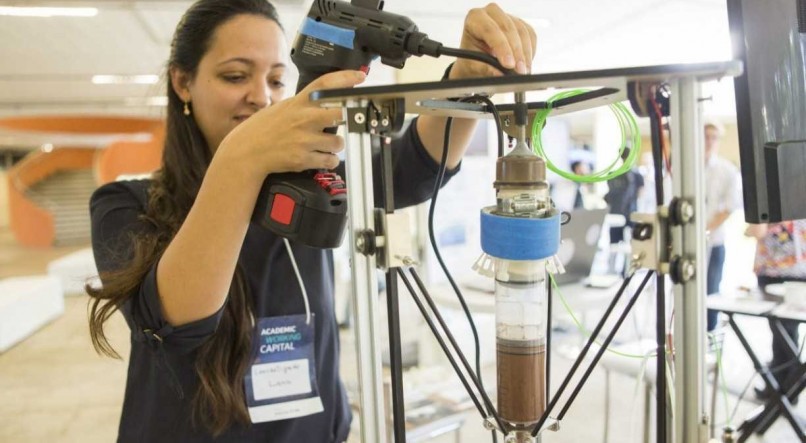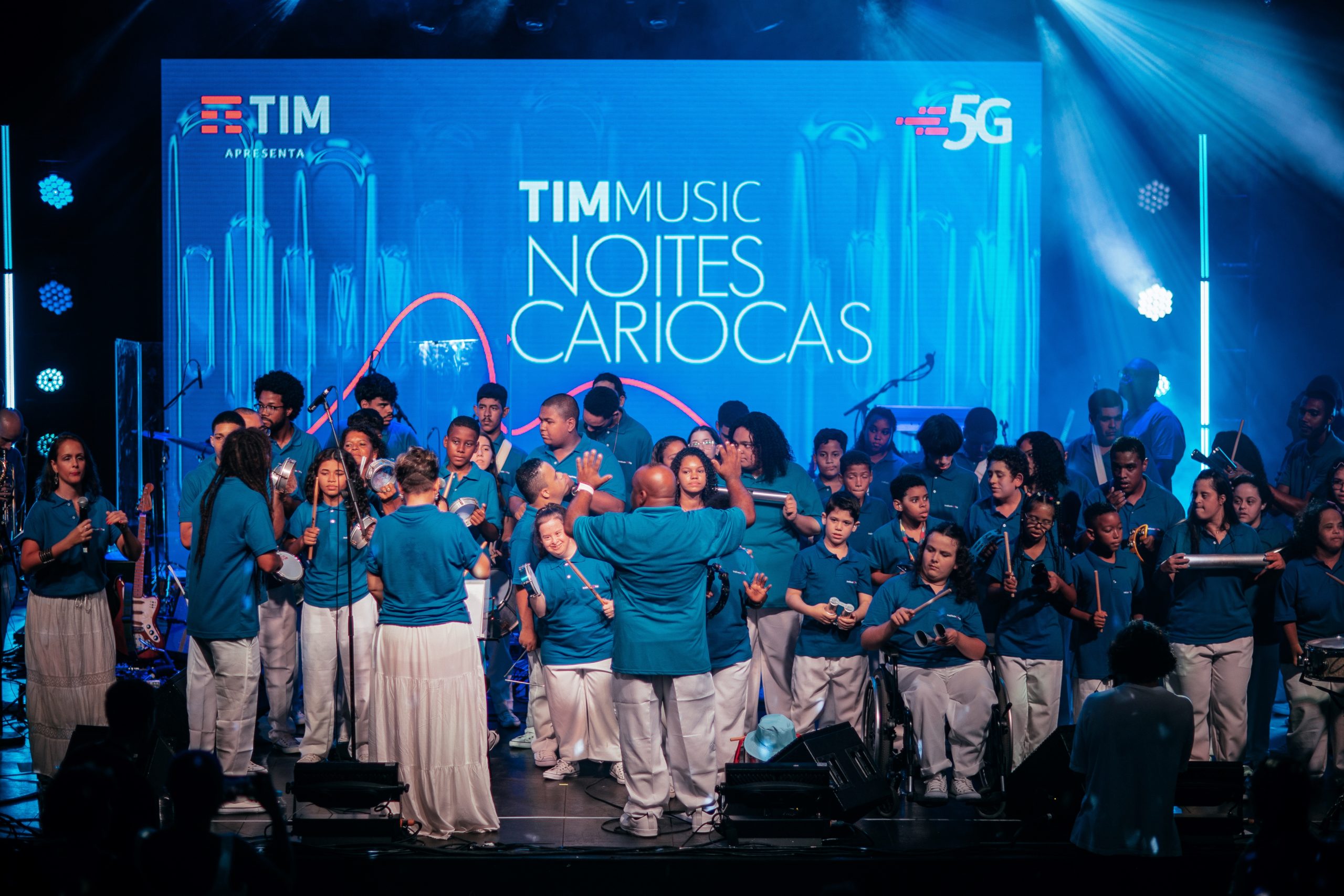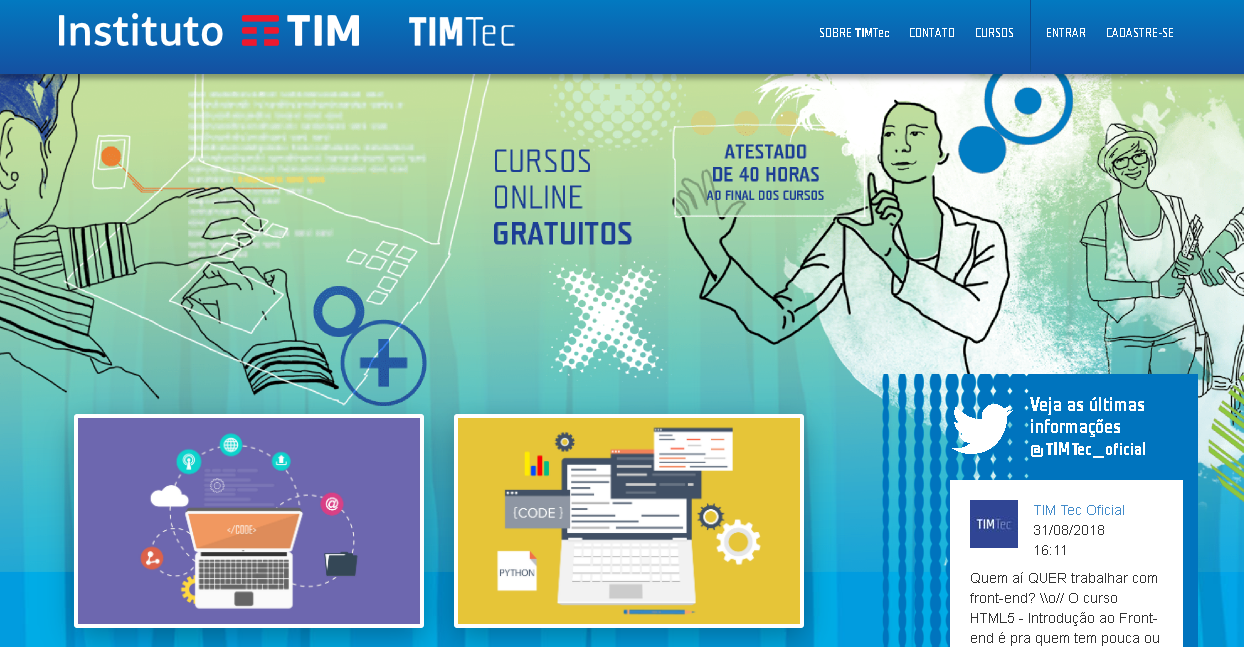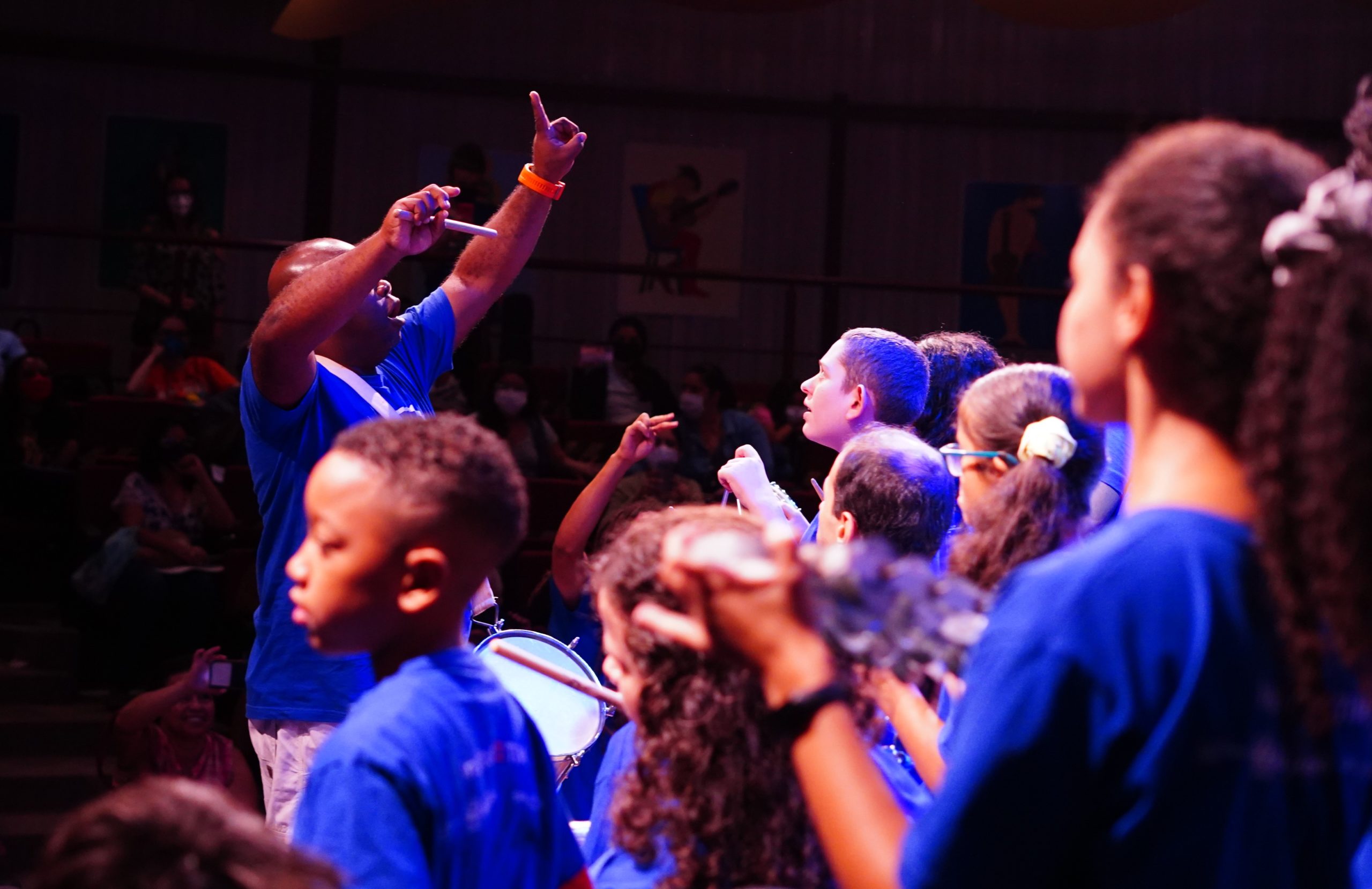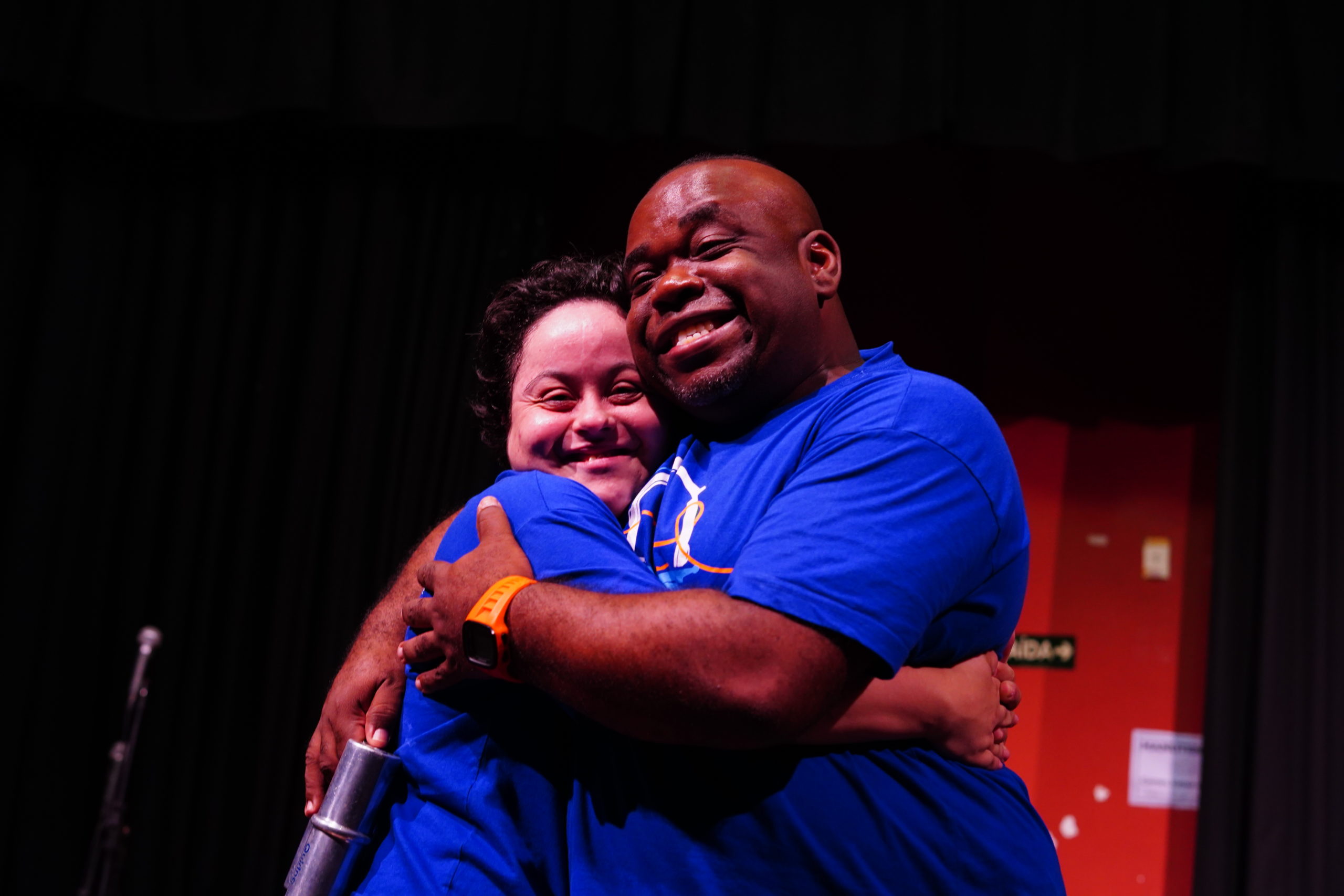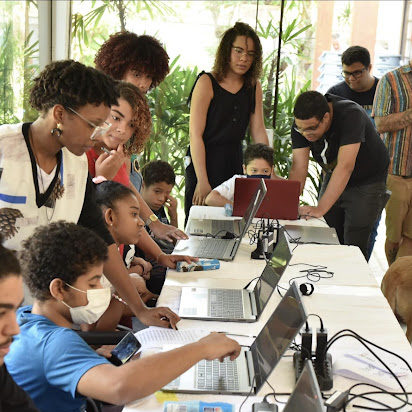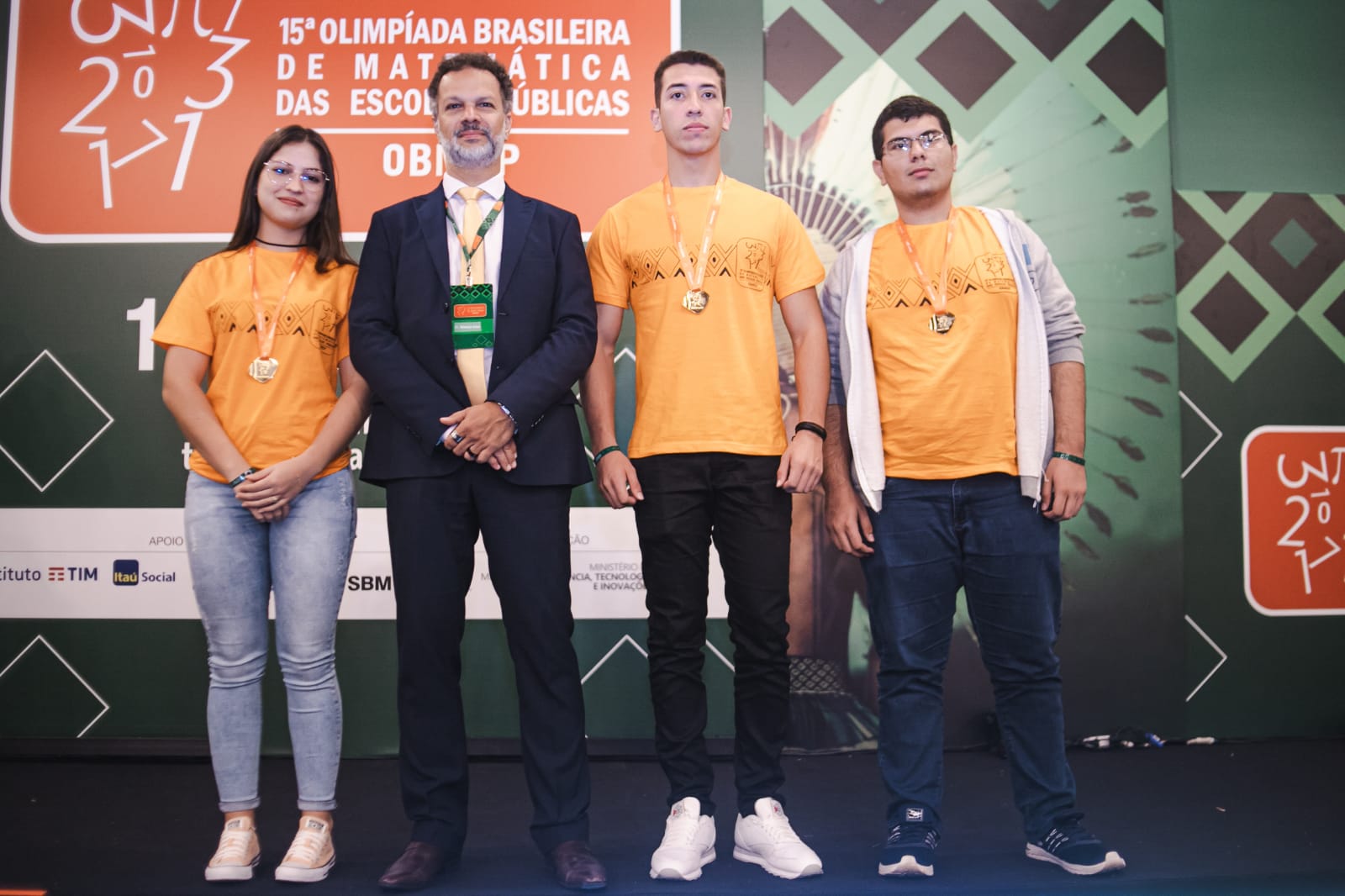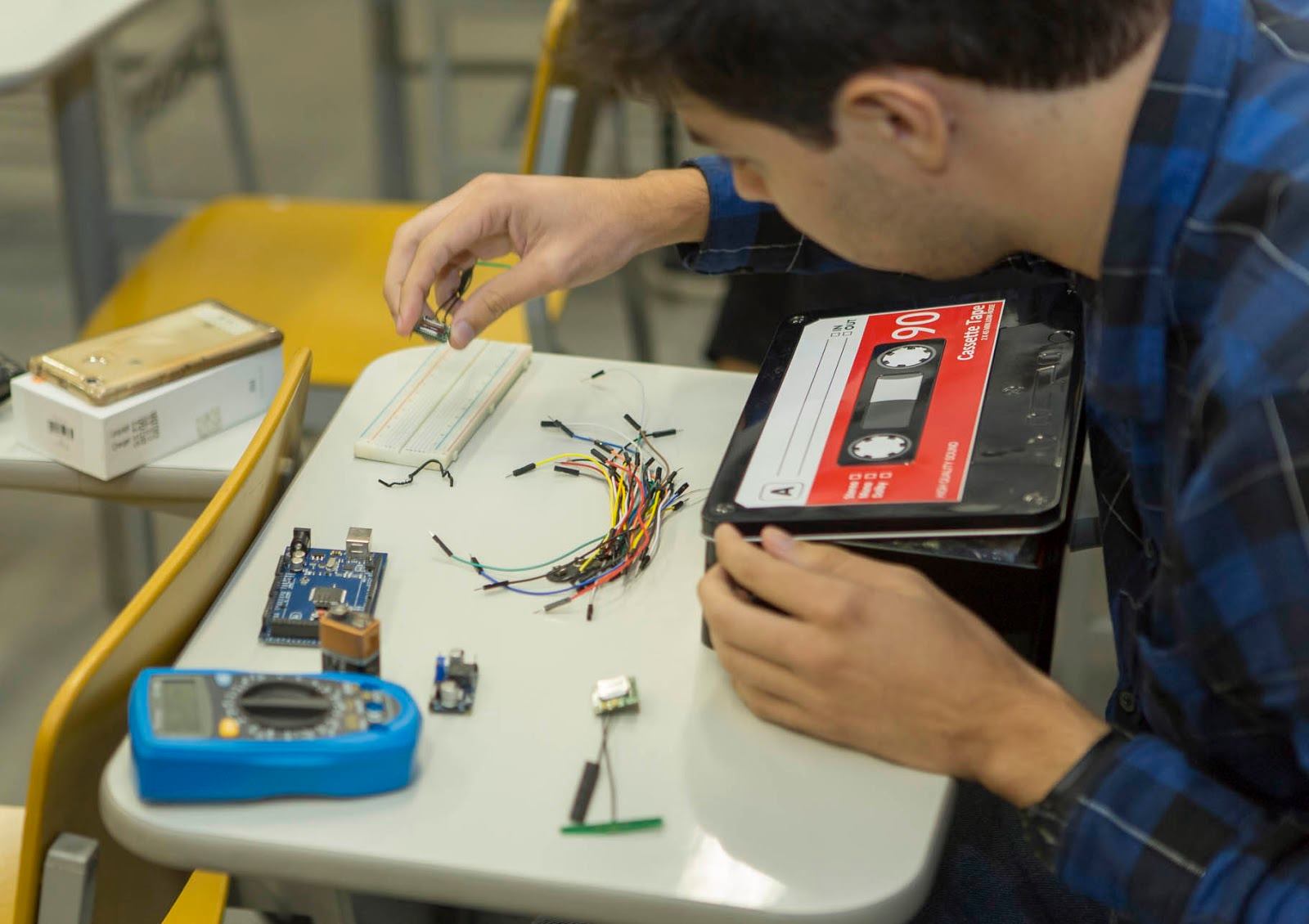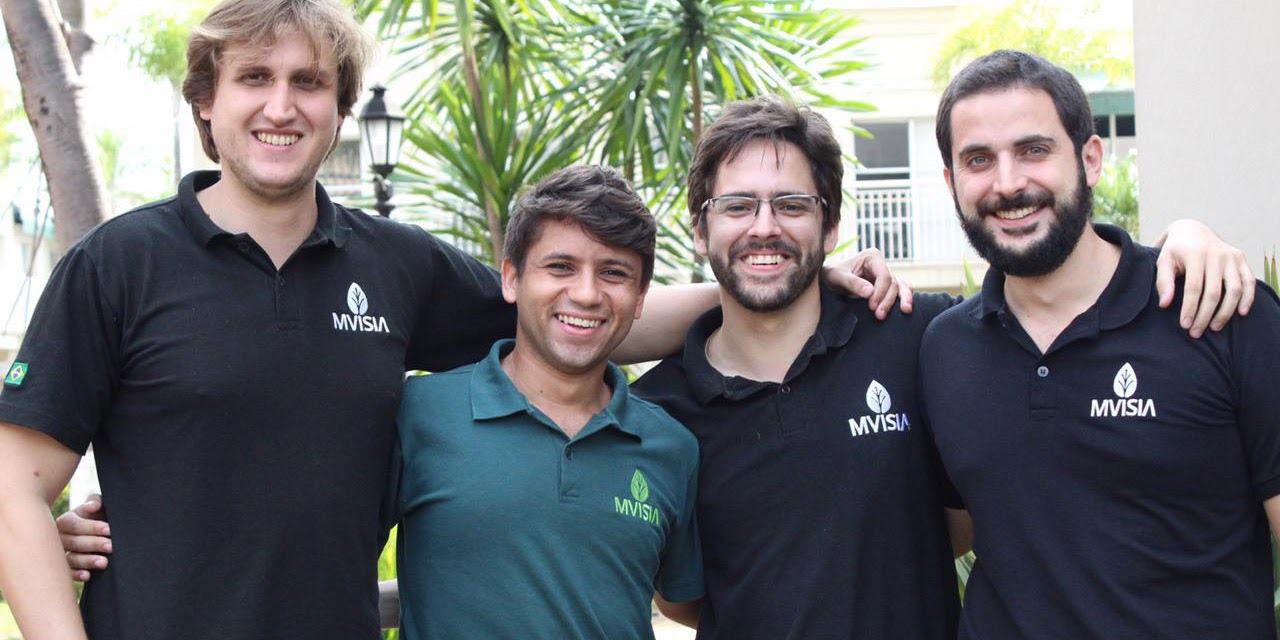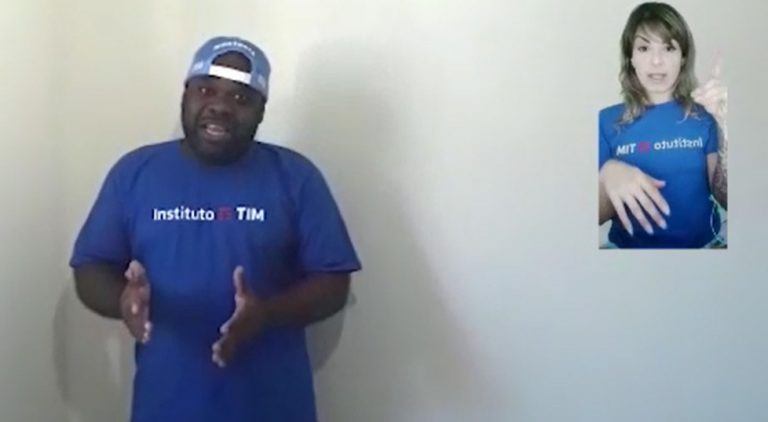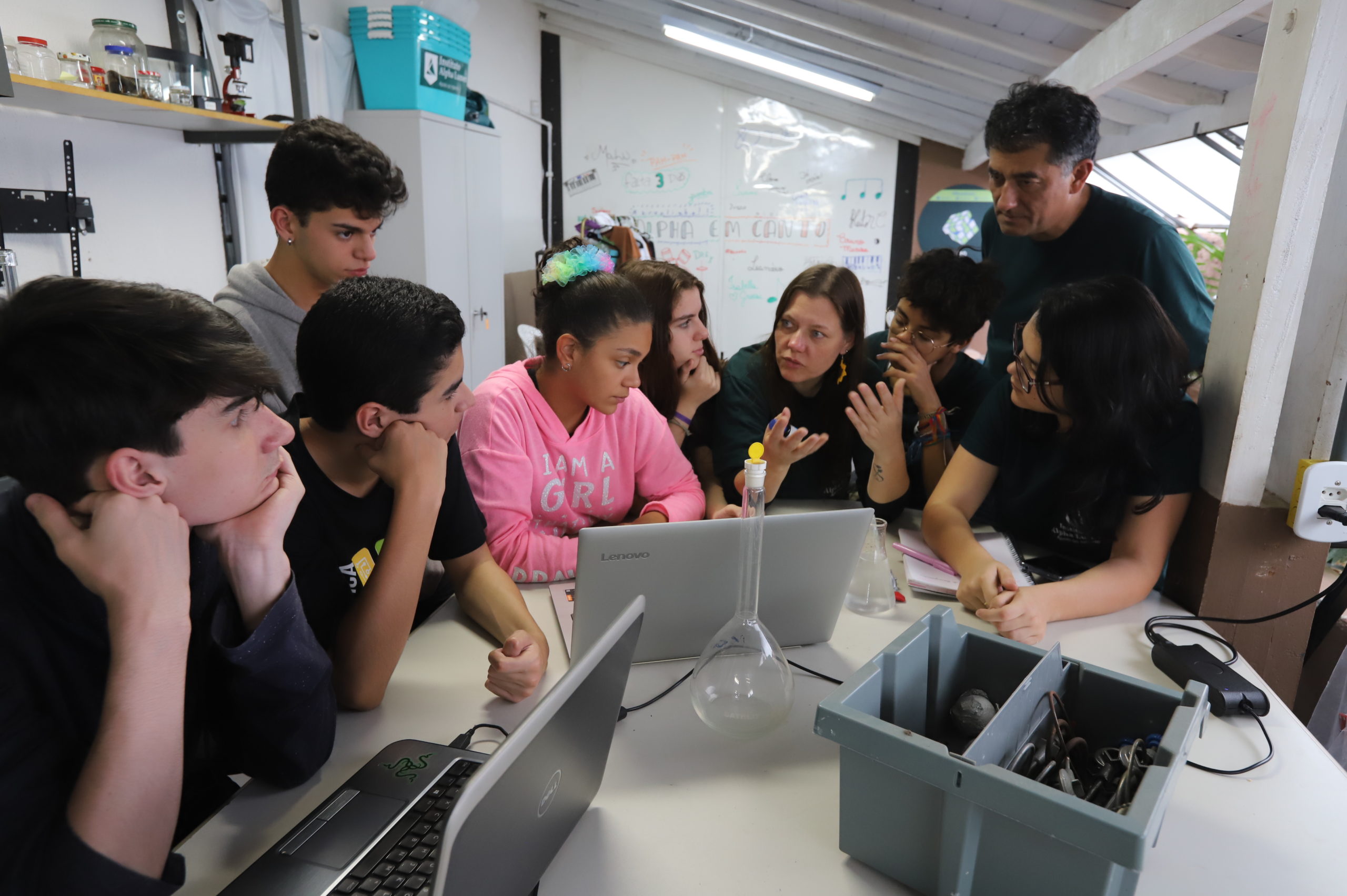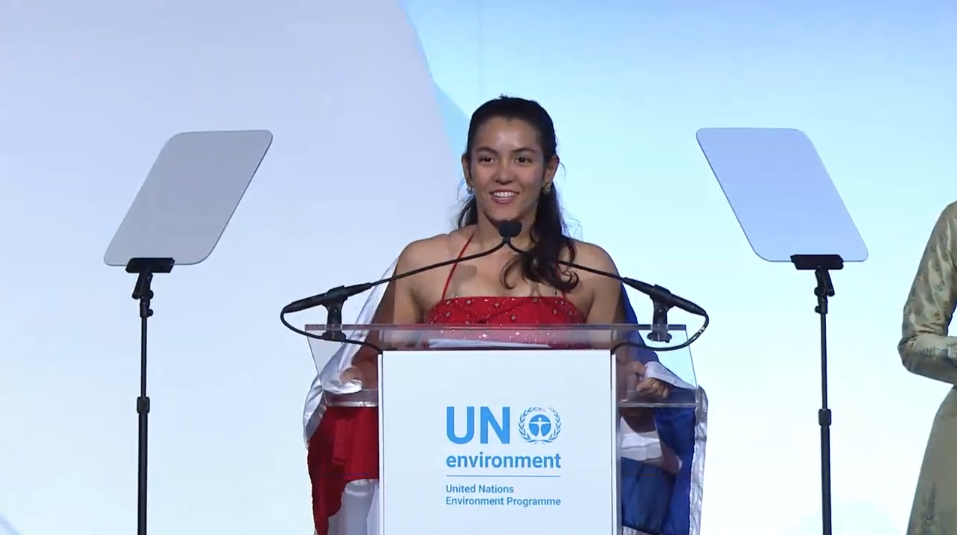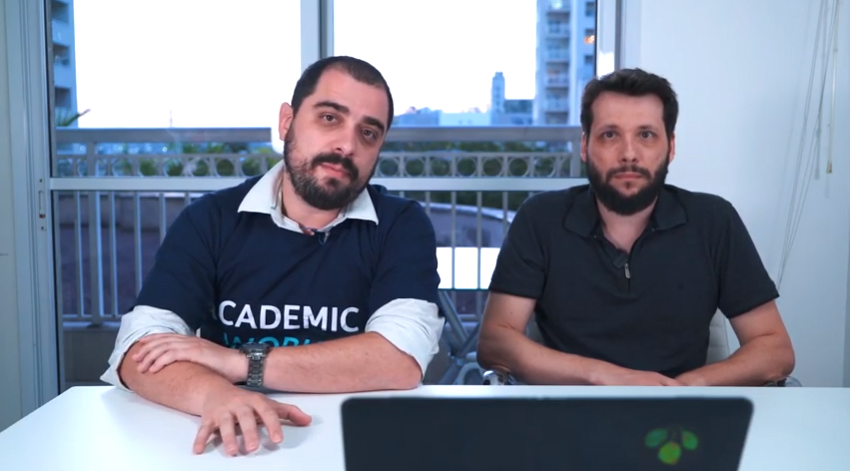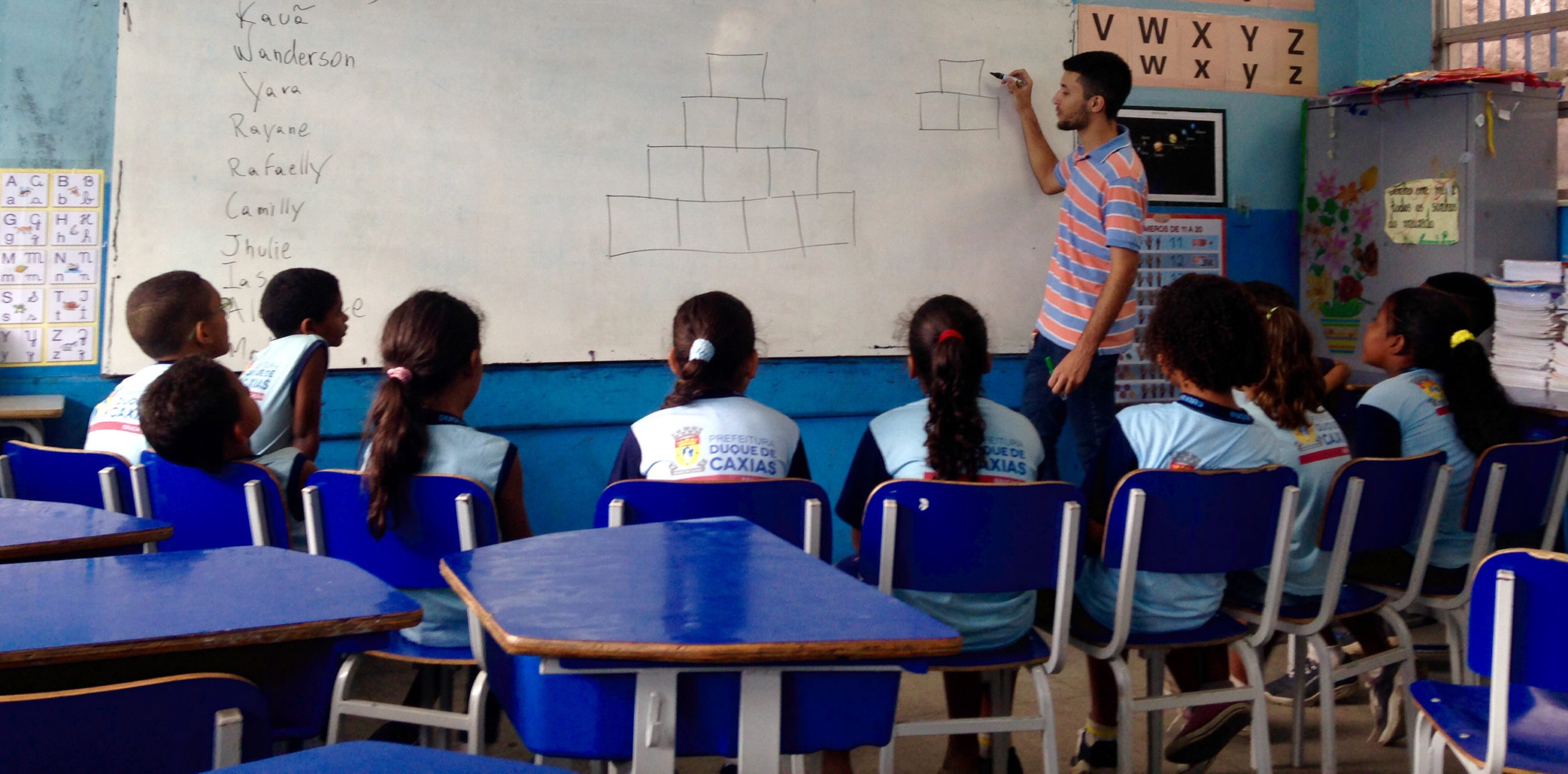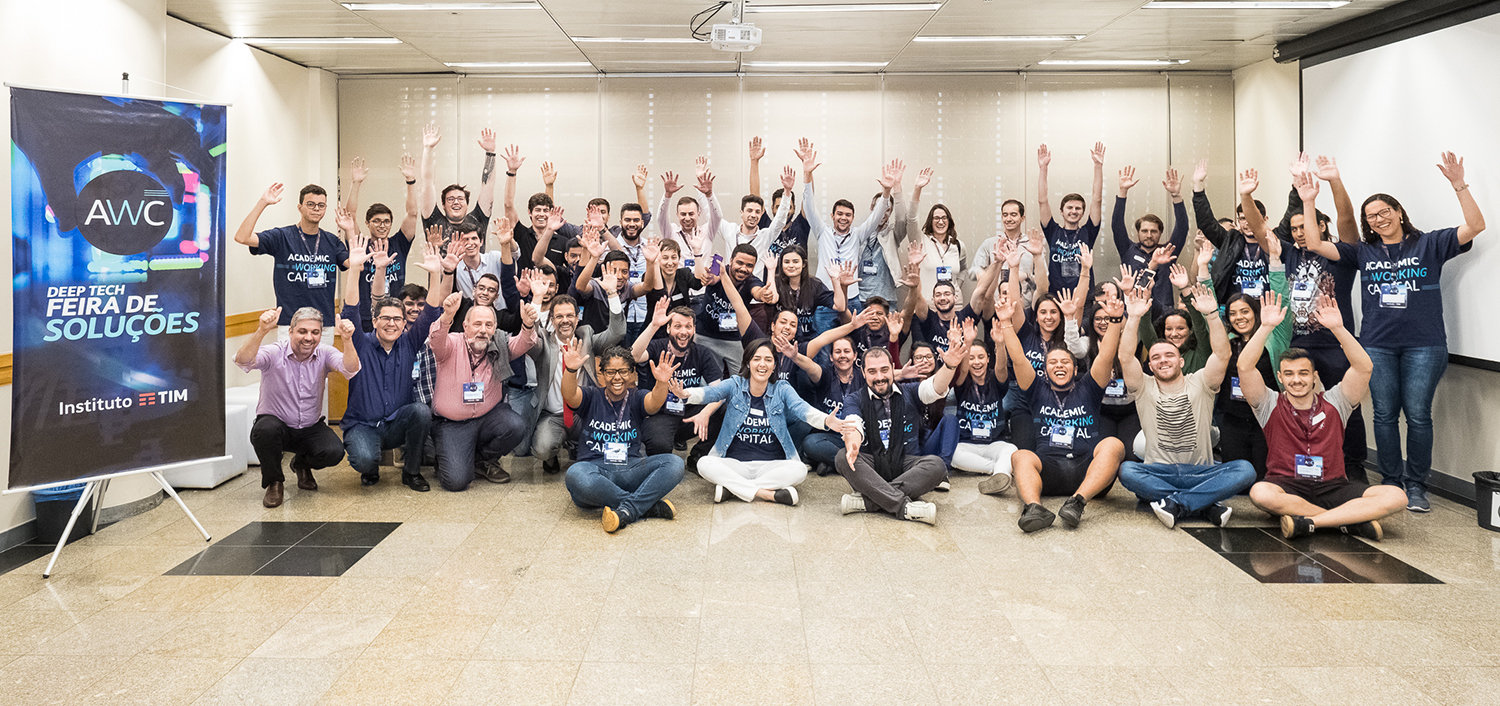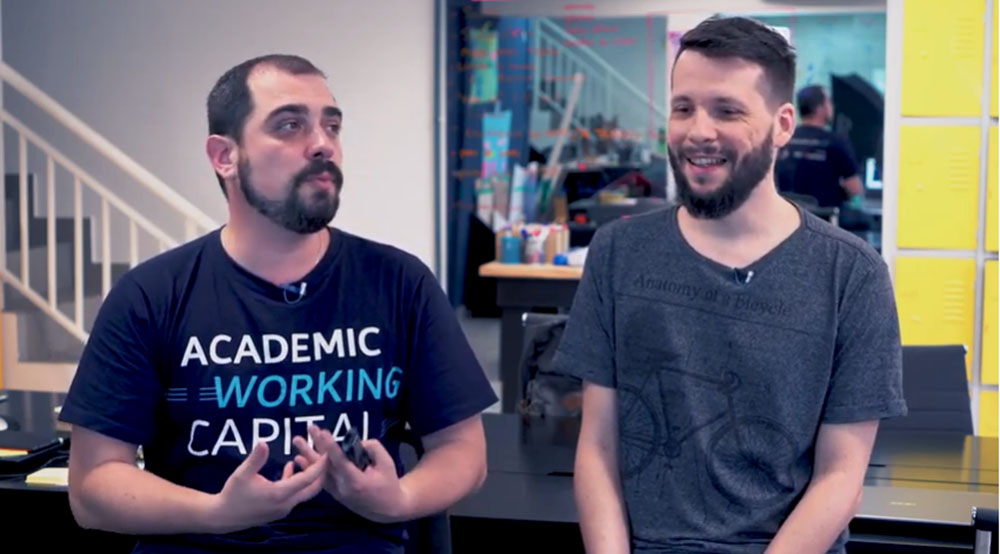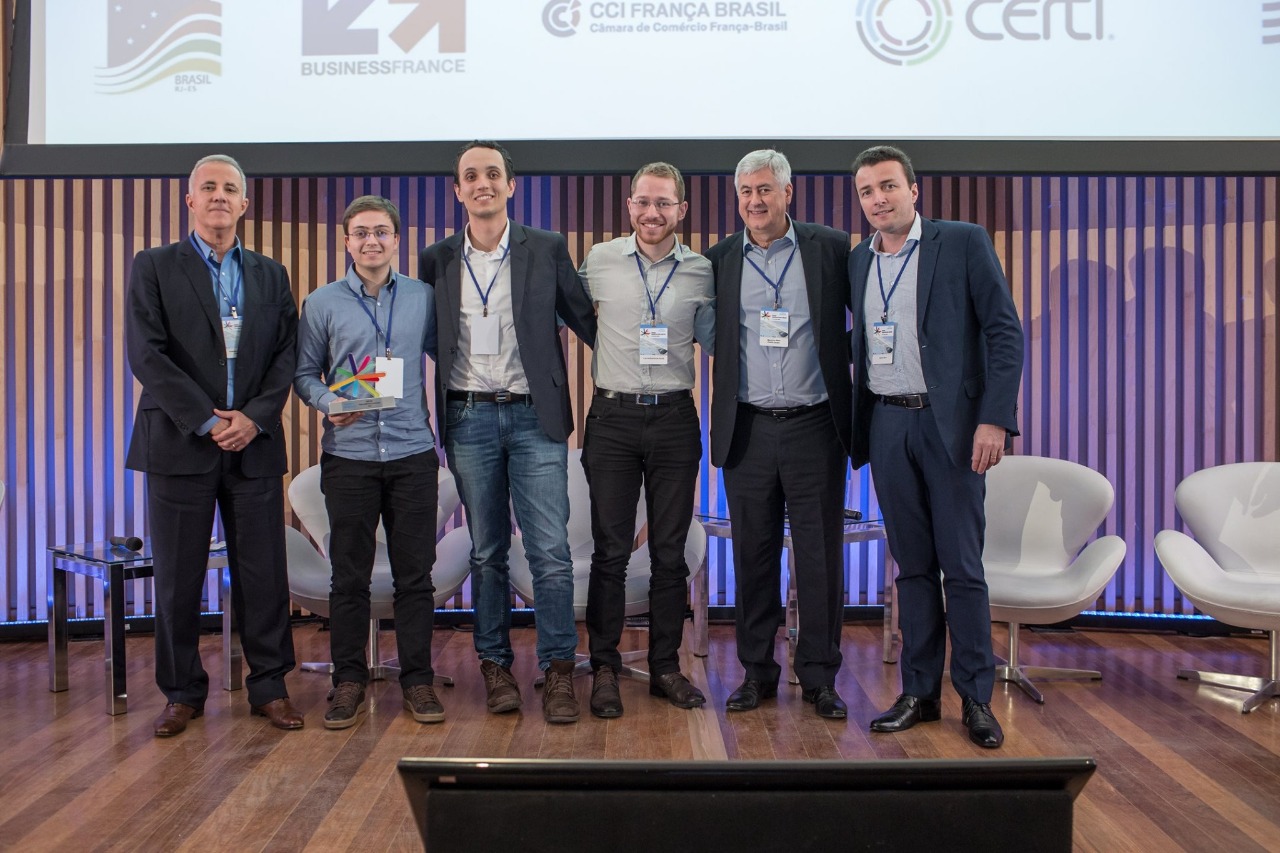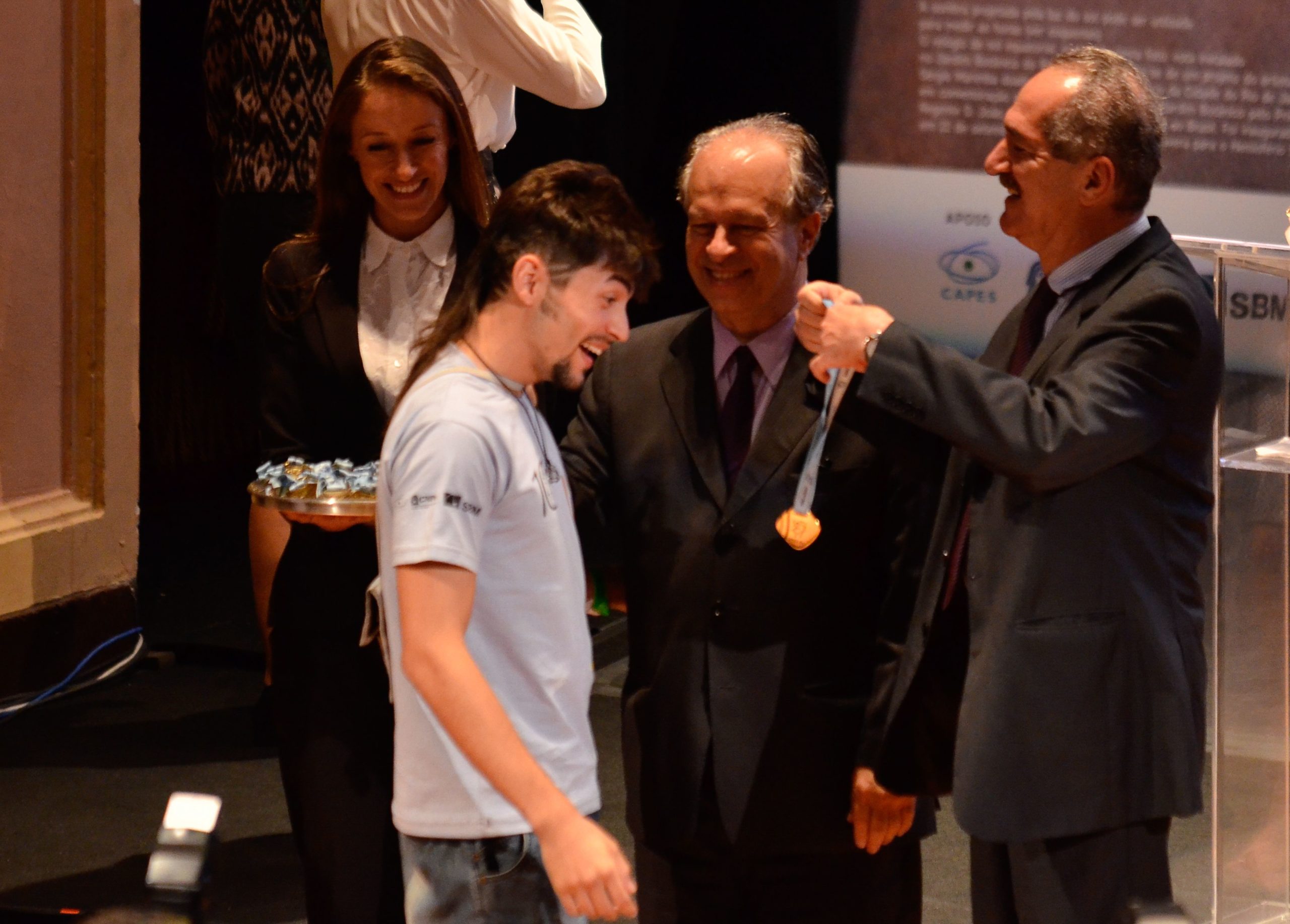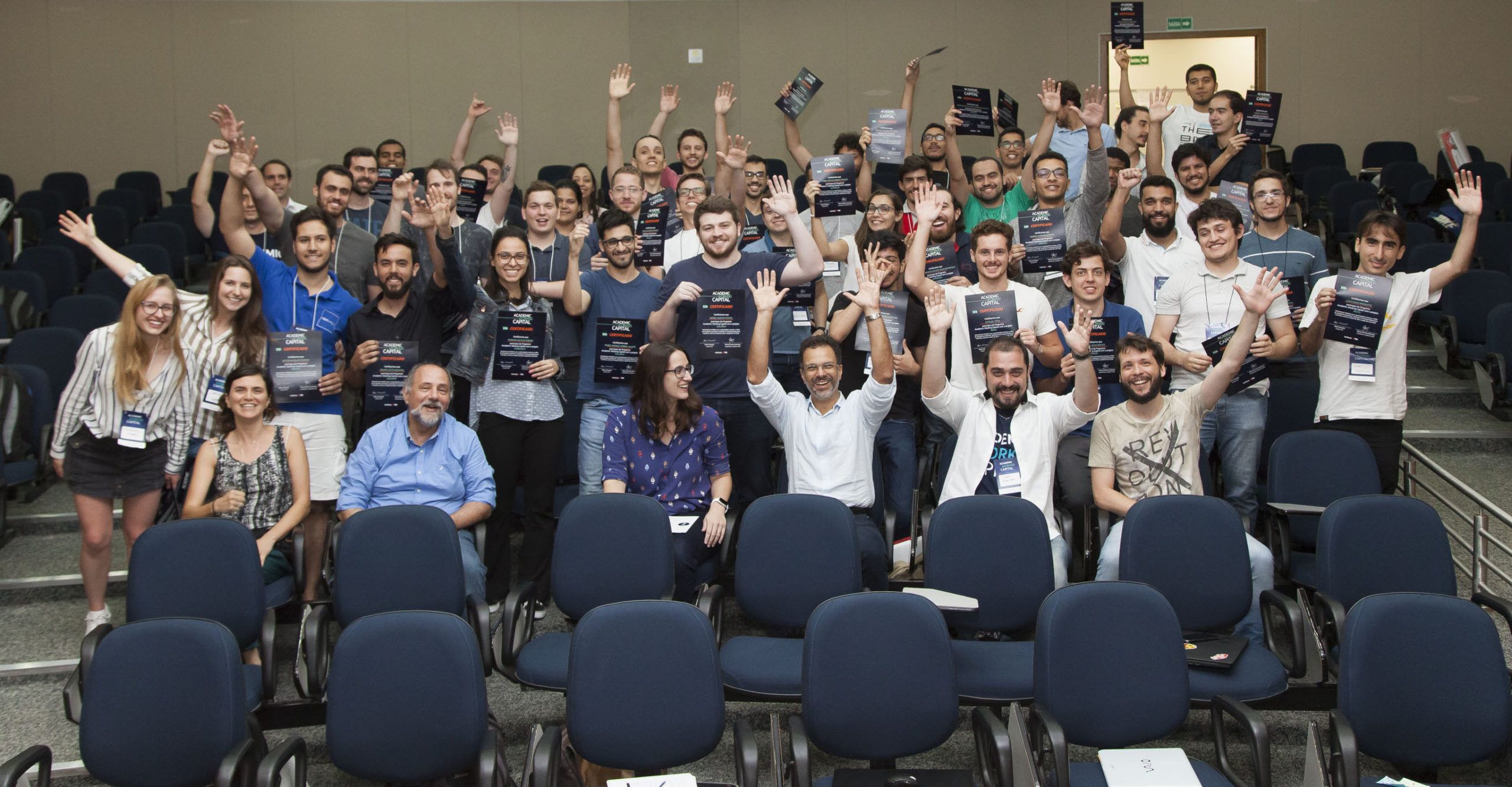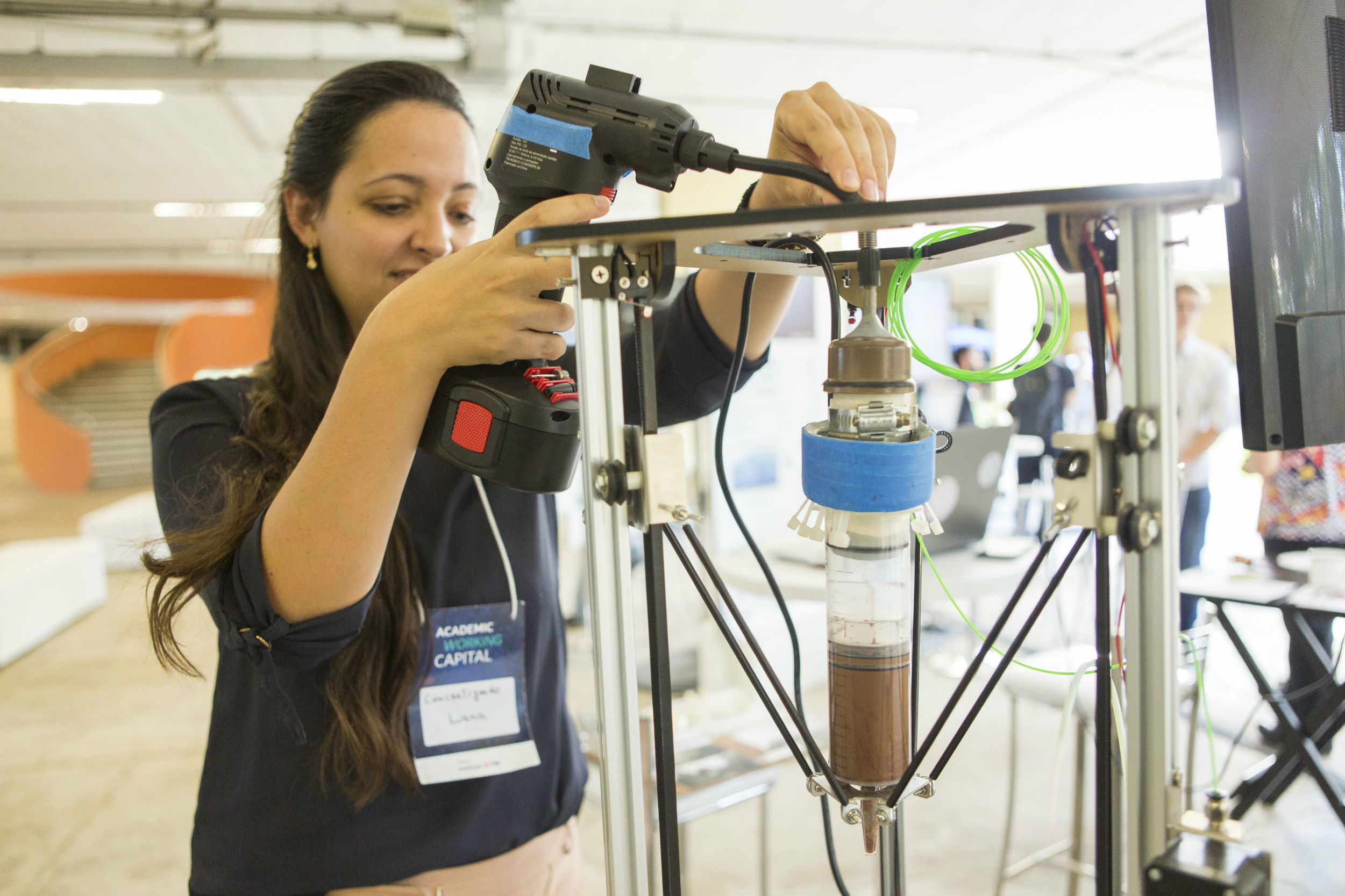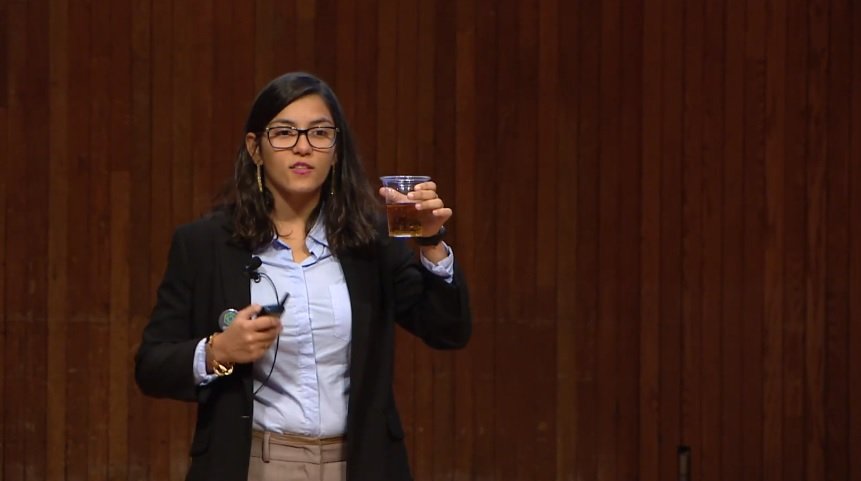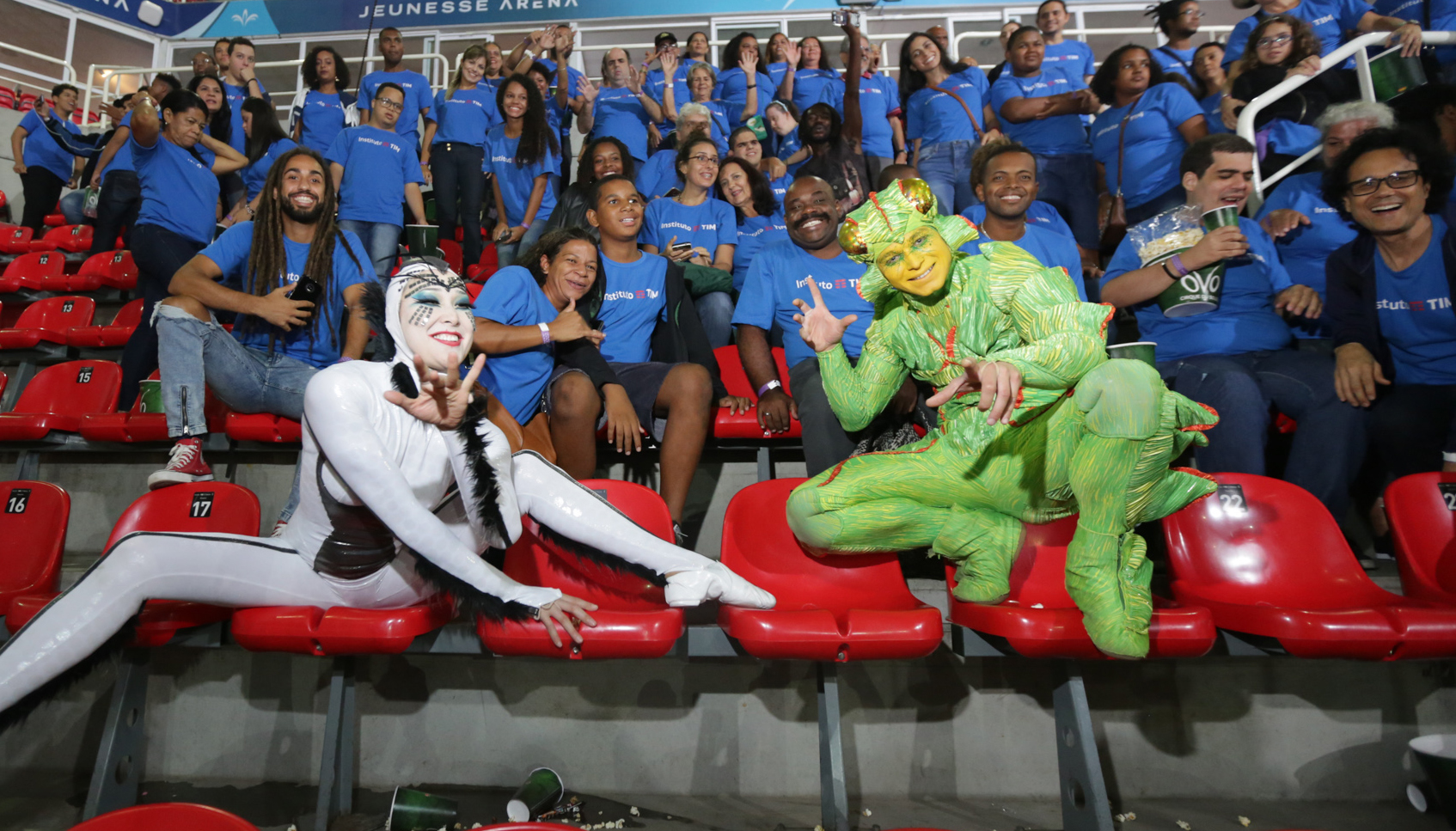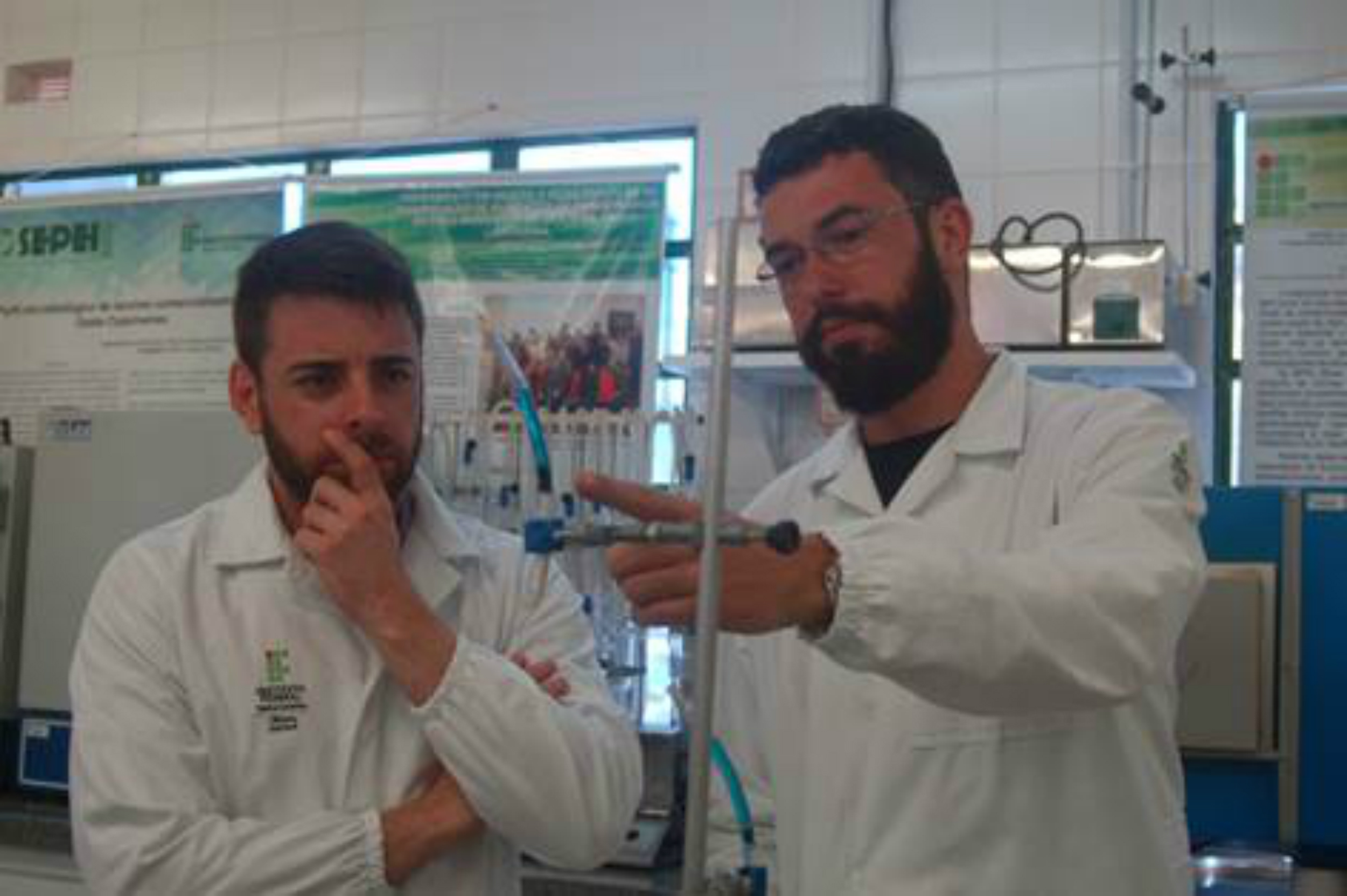
The couple Robert and Ellen Kaplan had a dream: that people could enjoy mathematics. Harvard University teachers and book authors on the Pythagoras Theorem and Infinite, they believed that everyone should have the chance to study mathematics in the same way as mathematicians: as a cheerful and limitless search. They both dedicated their lives and worked hard for the barriers to discipline to be overthrown, as well as the belief that mathematics is only for people who were born with mathematical talents.
From this dream, in 1994, the Math Circle approach was born, created by the couple. The technique does not require expensive installations or tools, it just needs to be transmitted from one enthusiastic mind to another. And the couple of teachers never lacked the enthusiasm for teaching mathematics. “Mathematics is the music of the mind. It is the poetry we use to create our deepest and most beautiful structures. And it is also the language to understand the universe in physics, biology and in any science. It is the language used to write these sciences, “Robert Kaplan said. At 88, on November 11, Professor Robert Kaplan died in the US leaving a legacy that will certainly continue echoing in and out of classrooms around the world.
The birth of the technique
Ellen Kaplan says that when she started her career as a mathematics teacher she discovered that her colleagues had the same fear of the subject as her students. “If mathematics are so important, so central in our lives and crucial for imagination why so many people hates it? If it were poetry, music or art would be received with love and enthusiasm in the four corners of the world, “ she questioned. Together, the couple realized that the core of the question was the way this science is taught in the classroom. And so, they went to work on an approach that might be able to make kids like math.
“If on the one hand children suffer from school because of mathematics, they play in free time with games that involve numbers. Why cannot it be different? A class could not be like a dinner among friends permeated by a nice conversation? One learning with the other and all having fun without intimidation? “Defended Robert Kaplan. In the The Math Circle approach, the main concept is the exploration in a group environment having as north the expression ‘Tell me and I forget. Ask me and I find out. ‘ “What we have created was a way to teach small groups, letting the students discover their own ways to get to the solution of a question,” explained Robert Kaplan.
In addition to creating this highly successful approach to teaching and making mathematics popular and interesting, the couple founded the non-profit organization, The Global Math Circle, which offers online meetings for children from 4 years to adolescence. On the Math Circle website, the authors explain their purpose: we believe that the treasures of mathematics are within everyone’s reach. Thanks to the work of Robert and Ellen Kaplan the joy of Mathematics is spreading around the world.
The Math Circle in Brazil
In Brazil, Instituto TIM adapted and perfected The Math Circle approach to the Brazilian reality with the project “The Math Circle in Brazil”, which involved more than 4,700 teachers and 27,000 students. The project, which began in 2013, involved public schools in the outskirts of large cities through two actions: the holding of after-school sessions for small classes of 2nd to 4th grade elementary school students, and the training of elementary school teachers, in which techniques and instruments used in the project were shared and teaching materials were distributed.
In September 2014, Robert and Ellen Kaplan were in Brazil by teaching the training course for educators. “Let the students play. Do not state, ask. If you state, they will forget. Ask and they will find out. This is the essence of the approach we suggest. It is an approach and not a method. Let the class flow. Allow wrong hunches because they release the mind. Allow conversations. Allow one to help and correct the other. It is a cooperative effort that raises everyone and all society to get out of ignorance and enter into the light of knowledge. State, and I will forget. Ask, I’ll find out,” Taught Professor Kaplan at the time.
————————————————————–
When asked how he would like to be remembered, Kaplan hesitated. “[In Desargues Theorem,] you have a point of view, three … lines, and two triangles, seen from this point of view, thus they are perspective from this point. And if they are perspective from a point, … then they are perspective of a line.” He interrupts himself: “I’m actually answering your question, believe it or not. That (Desargues) theorem has ten points in it: the point of view, the three vertices of the first triangle, the three vertices of the second triangle, … plus the three points where the paired sides meet. … Any one of those ten points can be taken instead as the point of view, and the whole configuration holds again, relabeled. … In other words, each self sees the same configuration, but labels it differently. I am one of those selves, you are another. … So I guess I can only be remembered, or only hope to be remembered, in this way – as I remember others – as other selves.”
In Loving Memory of Robert Kaplan
1933-2021
The Global Math Circle



